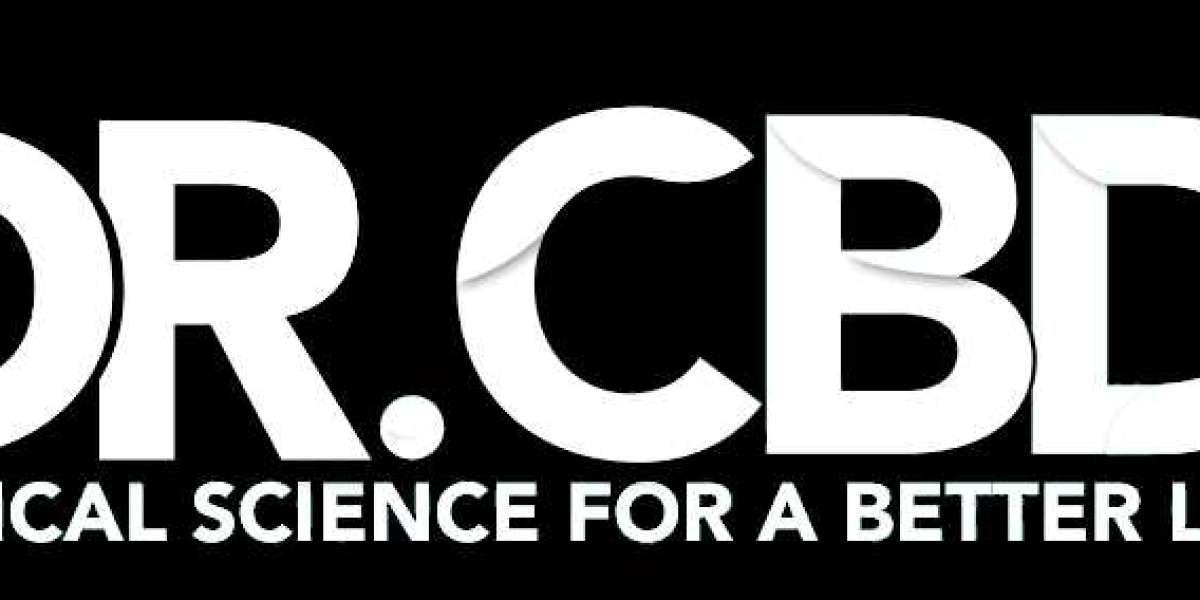Unlock the Secrets of Your Pregnancy Journey: What Every Expecting Parent Needs to Know!
Embarking on the journey of parenthood is an exhilarating experience, filled with anticipation and a flurry of emotions. For many expecting parents, understanding how far along they are in their pregnancy is a crucial part of this journey. Knowing your pregnancy timeline not only helps track the baby's development but also alleviates common concerns about health and well-being during this transformative time. Questions like "How do I calculate my due date?" or "What changes should I expect at different stages?" are often at the forefront of an expecting parent's mind. This guide aims to demystify the pregnancy timeline, providing valuable insights into the stages of pregnancy, how to calculate your due date, and what to expect as you navigate through each trimester.

Understanding Pregnancy Weeks and Trimesters
Pregnancy is typically divided into three trimesters, each lasting approximately three months. The entire pregnancy usually spans about 40 weeks, measured from the first day of your last menstrual period (LMP). The first trimester encompasses weeks 1 to 12, the second runs from weeks 13 to 26, and the third trimester lasts from week 27 until delivery. Understanding this structure is vital for expecting parents as it helps them anticipate the changes and developments that will occur within their bodies and their baby's growth. A full-term pregnancy is recognized as lasting between 39 and 40 weeks, but anything from 37 to 42 weeks is still considered normal. Each trimester comes with its unique set of physical, emotional, and developmental milestones, making it essential for parents to familiarize themselves with these stages.
How to Calculate Your Due Date
Calculating your due date is an important step in planning for the arrival of your little one. The most common method is based on your last menstrual period (LMP). By adding 280 days (or 40 weeks) to the first day of your last period, you can estimate your due date. However, this method assumes a regular 28-day cycle, so variations may occur. Another method includes ultrasound dating, where a healthcare provider uses ultrasound measurements to determine the gestational age of the fetus. Online due date calculators are also popular tools, providing a quick and easy way to estimate your due date. Knowing your due date is crucial for preparing your home, planning for maternity leave, and scheduling necessary prenatal appointments, making it a key aspect of your pregnancy journey.
What to Expect During Each Trimester
As you progress through your pregnancy, each trimester presents its unique set of experiences and changes. Understanding what to expect can help you prepare mentally and physically. In the first trimester, many women experience a range of physical symptoms, from fatigue and morning sickness to emotional fluctuations due to hormonal changes. This phase is also when crucial prenatal care begins, including blood tests and early scans. The second trimester often brings relief from early symptoms, and many women feel more energetic. It’s a time of significant growth for the baby, as well as changes in the mother's body, such as a growing belly and breast tenderness. Important screenings, like anatomy ultrasounds, typically occur during this period. Finally, the third trimester is all about preparation. You may experience physical discomfort as your body prepares for labor, and it’s the time for finalizing your birth plan and gathering supplies for the baby. Understanding these stages can help you navigate your pregnancy with confidence.
First Trimester Highlights
During the first trimester, your body undergoes significant changes as it adapts to pregnancy. Common symptoms include nausea, fatigue, and mood swings due to fluctuating hormone levels. It's a critical time for early prenatal care, including vitamin supplementation and possibly adjusting your lifestyle for a healthier pregnancy. I remember a friend sharing her experience of extreme fatigue during this period, which caught her by surprise. She found that taking short naps after work helped her manage her energy levels, allowing her to embrace the changes happening in her body.
Second Trimester Highlights
The second trimester is often referred to as the "golden period" of pregnancy. Many women find that their energy levels improve, and they start to feel the baby move. This is also when the baby undergoes rapid development, with organs forming and features becoming more defined. Routine screenings, such as the anatomy scan, occur to assess fetal growth and development. My sister-in-law was thrilled to find out the gender of her baby during this trimester, which made the experience even more exciting and real for her.
Third Trimester Highlights
As you enter the third trimester, your focus shifts to preparing for labor and delivery. Physical signs, such as Braxton Hicks contractions, may indicate that your body is getting ready for childbirth. It's important to discuss your birth plan with your healthcare provider and ensure you have all necessary supplies ready for the baby's arrival. I’ve heard countless stories about the mix of excitement and anxiety that comes during this stage, as expecting parents prepare for one of life’s most significant transitions. Ensuring you have a support system in place can make this time more manageable.
Your Pregnancy Timeline and Journey
Understanding how far along you are in your pregnancy is essential for navigating the journey ahead. This guide has provided insight into the structure of pregnancy, methods for calculating your due date, and what to expect during each trimester. Staying informed about the changes happening in your body and your baby’s development can help you feel more prepared and empowered. Remember, while this guide offers general information, consulting with your healthcare provider for personalized advice is crucial. Embrace the journey, and cherish each moment as you await your little one’s arrival!



